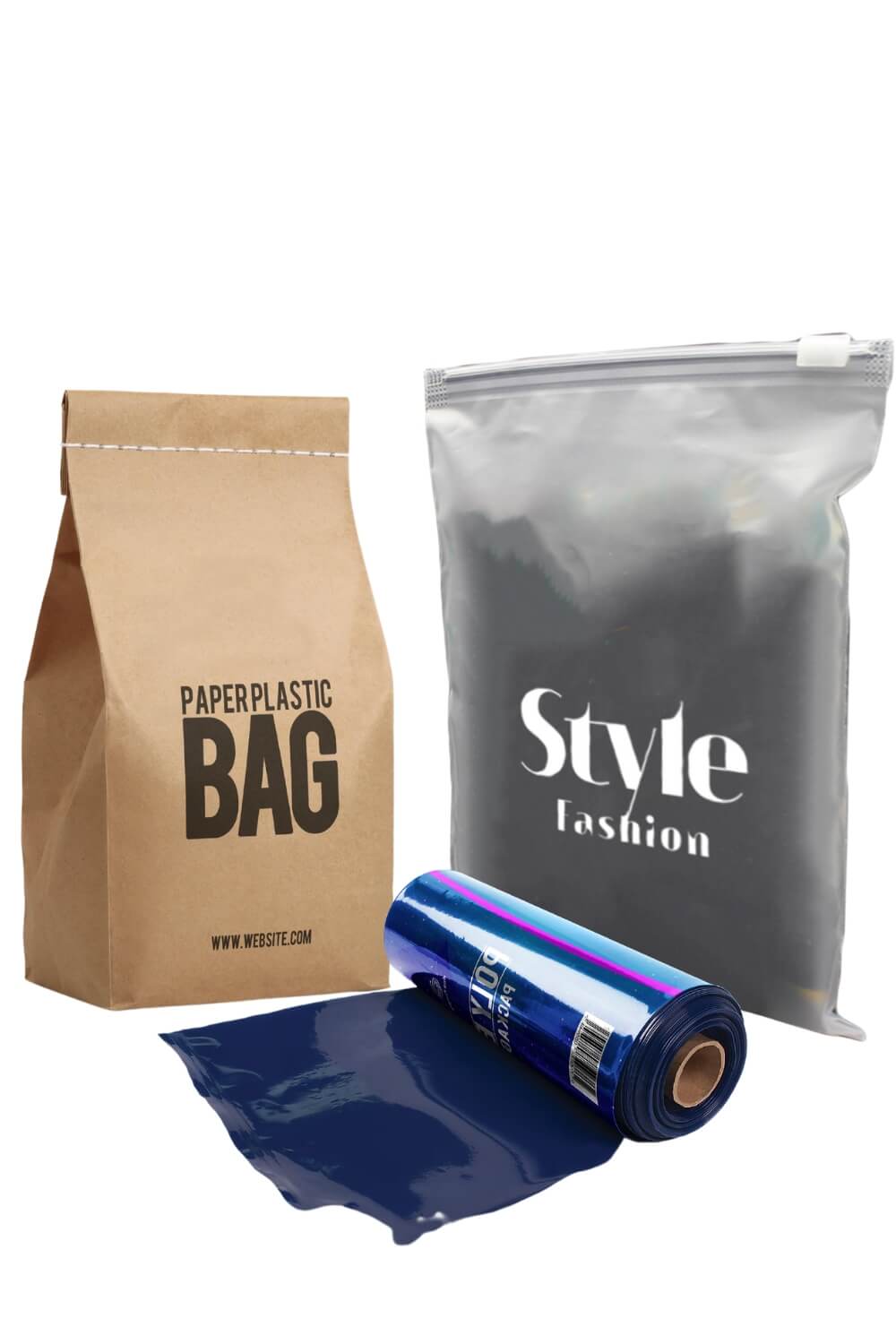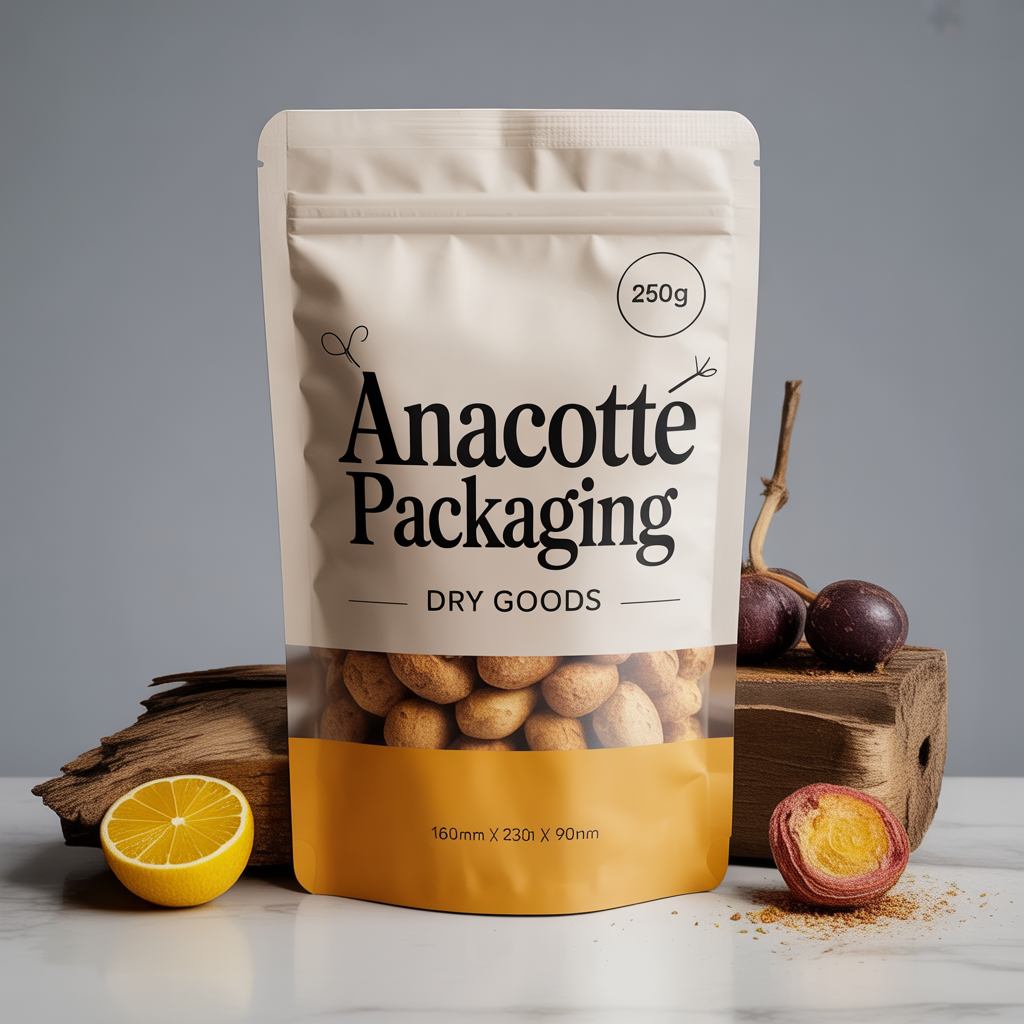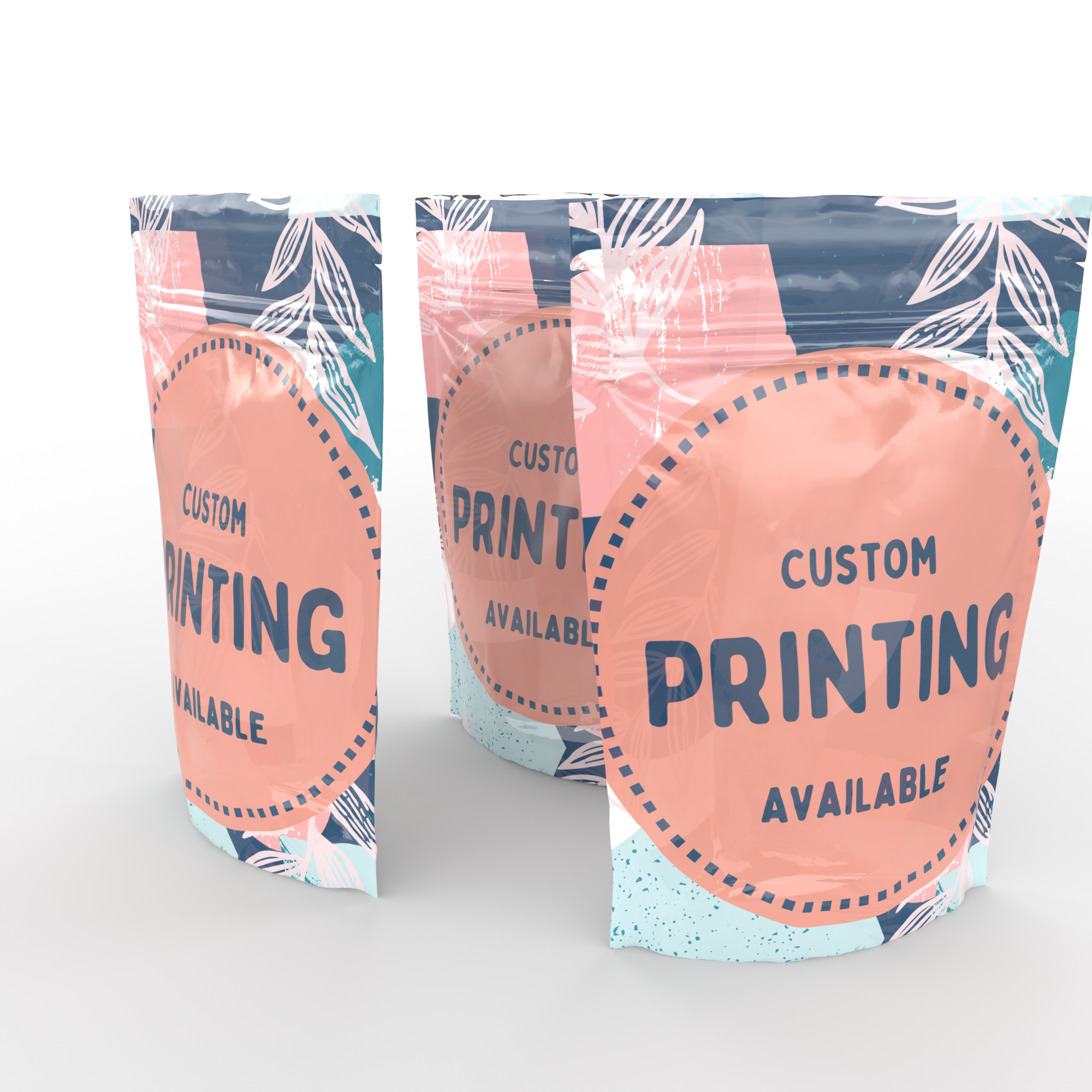Beginner's Guide to Ordering Custom Packaging for Small Brands and E-Commerce Businesses
As a small brand or e-commerce entrepreneur, you're likely focused on product quality, customer satisfaction, and scaling your operations efficiently. One often-overlooked aspect that can significantly impact your success is packaging. It's not just a way to protect your products during shipping—it's an extension of your brand identity, a tool for creating memorable unboxing experiences, and a chance to demonstrate your commitment to sustainability. At Anacotte Packaging, we specialize in providing one-stop OEM sustainable packaging solutions tailored for businesses like yours, with options for small minimum order quantities (MOQ) starting as low as one unit. This guide will walk you through everything you need to know to get started with ordering custom packaging, including flexible packaging options, drawing on expert tips and best practices to help you make informed decisions.
Why Custom Packaging Matters for Small Brands
Custom packaging goes beyond basic functionality; it helps differentiate your brand in a crowded market. For e-commerce businesses, where customers can't touch or see products in person before purchase, the unboxing experience can turn a one-time buyer into a loyal advocate. Studies show that personalized and branded packaging can increase customer retention and encourage social media shares, boosting your visibility organically.
For small brands, starting with custom packaging might seem daunting, but it's an investment that pays off. It reinforces your brand story—whether that's eco-friendliness, luxury, or minimalism—and protects against damage during transit, reducing returns and negative reviews. As one expert notes, even simple customizations like a unique color box can help customers easily identify and remember your brand. At Anacotte, we make this accessible with our low-MOQ options, allowing you to test designs without committing to large volumes.
Assessing Your Packaging Needs
Before diving into options, take time to evaluate what your business truly requires. Start by considering your products: Are they fragile, perishable, or irregularly shaped? Think about shipping methods—will items go through standard mail, couriers, or international delivery? Also, factor in your target audience: Do they value sustainability, luxury, or affordability?
A practical first step is to list your objectives, such as protecting products, enhancing brand image, or minimizing costs. For e-commerce, prioritize durable materials that withstand handling while keeping weight low to reduce shipping fees. If you're just starting, opt for versatile options like mailer boxes, poly bags, or flexible pouches that can adapt as your product line grows.
Types of Packaging Options for Beginners
The world of packaging offers a variety of choices, but for small brands, focus on scalable and cost-effective types. Here's a breakdown of common options suitable for e-commerce:
| Type | Description | Best For | Examples from Anacotte |
|---|---|---|---|
| Mailer Boxes | Lightweight, foldable boxes with self-sealing features. | Apparel, accessories, small electronics. | Customizable kraft paper boxes starting at low MOQ. |
| Shipping Boxes | Sturdy corrugated boxes for outer protection. | Bulkier items or multiple products. | Eco-friendly cardboard options with branding. |
| Product Boxes | Inner boxes for individual items, often with custom inserts. | Beauty products, gadgets. | BioPouch or compostable pouches. |
| Poly Mailers | Flexible, waterproof bags. | Clothing, soft goods. | Recycled plastic mailers with custom prints. |
| Flexible Pouches | Stand-up or flat pouches made from flexible materials like films or laminates. | Food, snacks, cosmetics, supplements. | BioPouch compostable pouches with custom printing and low MOQ. |
| Labels and Inserts | Adhesive labels or thank-you cards. | Adding personalization to any package. | Cut-and-stack labels with sustainable materials. |
Choose based on your product's needs— for instance, if you're shipping fragile items, add bubble wrap or custom inserts. Anacotte offers all these through our in-house production, using technologies like Digital, Flexo, and Rotogravure printing for high-quality results even on small runs.
Exploring Flexible Packaging: Benefits and Options for E-Commerce
Flexible packaging, including stand-up pouches, sachets, films, and wrappers, is an increasingly popular choice for small e-commerce brands due to its versatility and efficiency. Unlike rigid packaging, flexible options are lightweight, which significantly lowers shipping costs and minimizes environmental impact by reducing material usage and carbon emissions.
Key benefits include cost-effectiveness, as it uses fewer resources to manufacture and store, leading to lower fossil fuel consumption.
Flexible packaging also enhances the customer experience with features like resealable zippers or spouts, encouraging repeat use and reducing waste.
Choosing Materials: Emphasizing Sustainability
Sustainability isn't just a trend—it's a necessity for modern consumers, with many willing to pay more for eco-friendly brands. For small e-commerce businesses, opting for green materials can reduce long-term costs and build loyalty while minimizing environmental impact.
Key sustainable materials include:
- Bioplastics and Plant-Based Alternatives: Fully biodegradable and compostable, derived from renewable resources like corn starch. Ideal for flexible films and pouches.
- Recycled Plastics and Paper: Transforms waste into new packaging, reducing carbon footprints. Commonly used in poly mailers and flexible wrappers.
- Kraft Paper and Cardboard: Sturdy, recyclable, and FSC-certified for responsible sourcing.
- Reusable Options: Like durable bags or refillable containers for repeat customers.
At Anacotte, we're committed to a circular economy, using 100% sustainable bioplastics, recycled materials, and BPI-certified compostable products. Our practices include sourcing from FSC suppliers and tracking emissions to support carbon-absorbing projects. This not only helps the planet but also appeals to eco-conscious customers, potentially lowering your waste management costs. Beginners should start with versatile options like kraft paper (300gsm for durability) or flexible bioplastics to balance protection and sustainability.
Designing Your Custom Packaging
Design is where your brand shines. Aim for consistency with your logo, colors, and messaging to create a cohesive experience. Consider the unboxing journey: Include elements like tissue paper, stickers, or QR codes linking to your site for added engagement. For flexible packaging, incorporate features like easy-open tears or vibrant prints to stand out.
Tips for effective design:
- Keep it simple for cost savings—minimalist designs often perform best for small brands.
- Incorporate personalization, such as customer names on labels, to foster loyalty.
- Test for durability: Ensure designs hold up during shipping without smudging.
- Use tools like Canva or consult experts for professional results.
Anacotte's customization options let you tailor colors, sizes, logos, and more, with free samples to preview before committing. Our packaging consultants can guide you through intuitive designs that align with your brand identity, including flexible formats.
The Ordering Process: Step-by-Step
Ordering packaging for the first time can feel overwhelming, but breaking it down simplifies it:
- Research Suppliers: Look for those with low MOQs, like Anacotte, which supports orders from 1 unit.
- Request Samples: Test quality and fit—Anacotte offers free customizable samples, including flexible pouches.
- Design and Approve: Submit artwork for proofing.
- Place Order: Specify quantity, materials, and timelines.
- Production and Fulfillment: Expect lead times of 2-4 weeks for small runs.
- Receive and Iterate: Use feedback to refine future orders.
We handle everything in-house, from printing to fabrication, ensuring quick turnaround and quality control. Visit our small MOQ collection to explore options tailored for starters, including flexible packaging.
Cost Considerations and Budgeting
Budgeting is crucial for small brands. Custom packaging costs vary based on materials, quantity, and complexity—expect $0.50-$5 per unit for small runs, with flexible options often being more affordable due to lighter weight. Factors influencing price include:
- MOQ: Lower quantities cost more per unit but allow flexibility.
- Materials: Sustainable options may have higher upfront costs but long-term savings.
- Shipping: Factor in supplier location to avoid extra fees.
To save, start small, negotiate with suppliers, and bundle orders. While Anacotte doesn't list specific prices online, our scalable solutions ensure affordability for e-commerce startups—contact us for a quote.
Tips for Success in Packaging
- Prioritize Protection: Use sturdy materials to prevent damage and returns.
- Incorporate Branding Creatively: Add thank-you notes or social media prompts inside packages.
- Stay Compliant: Ensure packaging meets shipping regulations, like size limits for carriers.
- Gather Feedback: Ask customers about their unboxing experience to improve.
- Scale Gradually: Begin with basics and upgrade as sales grow.
-
Go Green: Highlight sustainability on your packaging to attract eco-buyers.
6 -
Consider Flexible Options: Leverage lightweight flexible packaging to cut costs and enhance sustainability.
2
Conclusion: Partner with Anacotte Packaging for Your Journey
Starting with custom packaging, including flexible and sustainable options, is an exciting step toward professionalizing your small brand or e-commerce business. By focusing on quality, sustainability, and branding, you'll create lasting impressions that drive growth. At Anacotte Packaging, we're here to support you with innovative, eco-friendly solutions, low MOQs, and expert guidance. Ready to begin? Explore our customizable options today or request a free sample to see the difference. Let's package your success together!





Laisser un commentaire
Ce site est protégé par hCaptcha, et la Politique de confidentialité et les Conditions de service de hCaptcha s’appliquent.